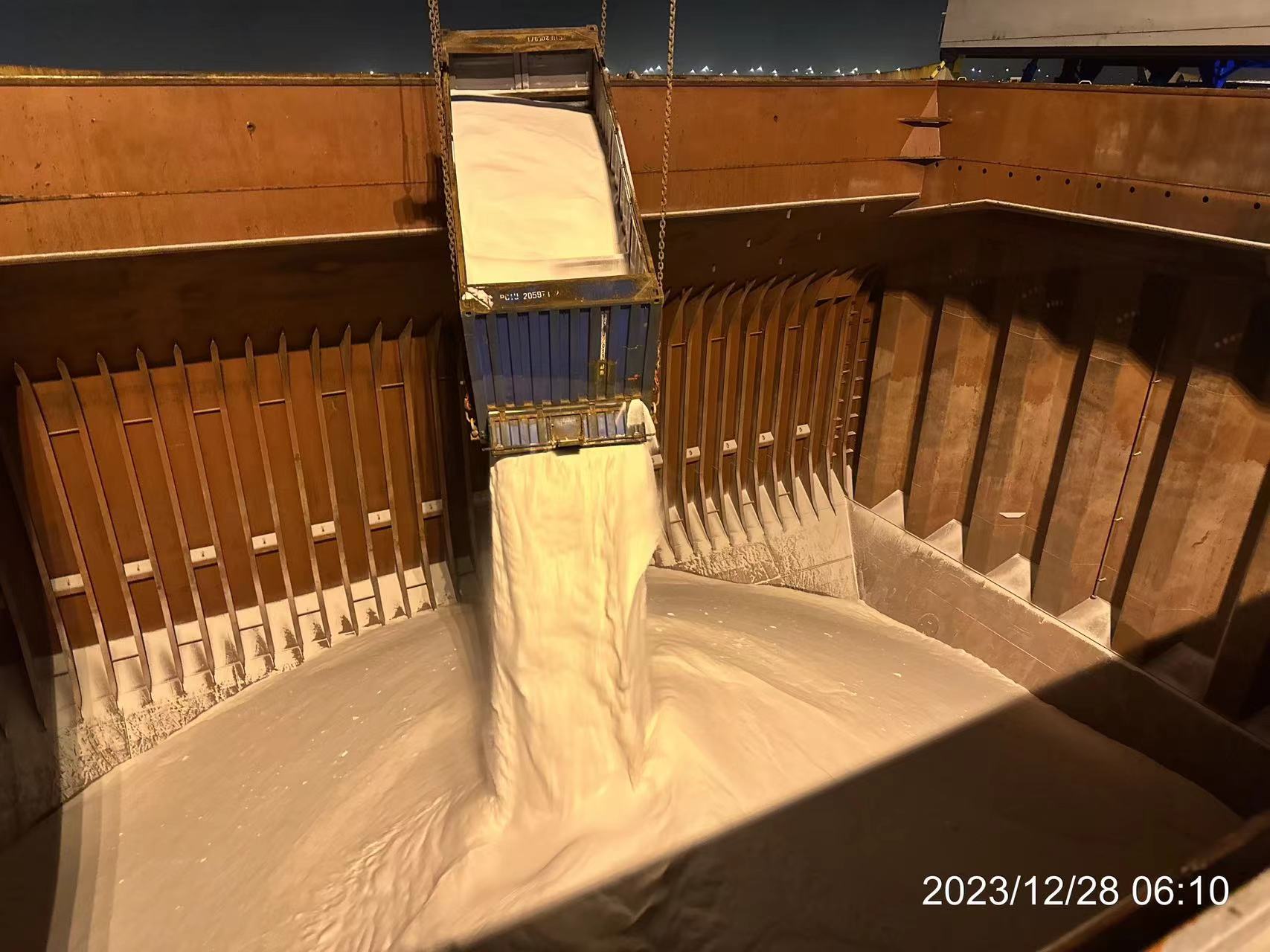
In modern agriculture, boosting fertilizer efficiency is no longer a luxury but a necessity for sustainable production. Through extensive field research and user feedback, common pain points such as nutrient loss, irregular application timings, and ineffective fertilization methods have been identified. This article presents a scientifically grounded, technician-approved roadmap to maximize fertilizer utilization by integrating optimized fertilization timing, adaptive application methods, soil and water management, and cutting-edge smart fertilizer technologies.
Choosing the optimal fertilization window is vital for synchronizing nutrient availability with crop uptake. Studies indicate that applying nitrogen fertilizers during the early vegetative stage, rather than before planting, can enhance uptake efficiency by up to 15%. Timing fertilization to match critical growth phases—such as tillering in cereals or flowering in fruit crops—ensures nutrients are available when the plant demand peaks.
Additionally, weather conditions must be considered to avoid nutrient runoff during heavy rains or volatilization during hot, dry spells. Soil moisture sensors and forecast integrations are emerging tools that allow precise timing adjustments to reduce wastage.
Conventional surface broadcasting often leads to fertilizer losses through volatilization and surface runoff. Techniques such as deep fertilization, where nutrients are placed below the soil surface near plant roots, have been shown to improve nitrogen use efficiency by 20-30%. Similarly, layered fertilization—applying fertilizer at multiple soil depths—supports sustained nutrient availability and roots’ progressive uptake during development stages.
Integrating organic fertilizers with mineral ones further enhances soil structure and microbial activity, resulting in improved nutrient retention and release dynamics.
| Application Method | Nutrient Use Efficiency Increase | Ideal Crop Stage |
|---|---|---|
| Surface Broadcasting | Baseline | N/A |
| Deep Fertilization | +25% | Active Root Growth |
| Layered Application | +18% | Whole Growing Season |
Soil texture, pH, and moisture content critically influence fertilizer availability and uptake. Practices such as maintaining optimal soil pH (6.0–7.5) and improving organic matter through crop residues and compost reduce nutrient fixation and improve root access.
Moreover, regulating irrigation to avoid water stress or waterlogging ensures better root health and facilitates nutrient diffusion. For instance, deficit irrigation combined with controlled fertilizer application has shown to save up to 30% water without yield penalties in multiple horticultural crops.
The integration of smart fertilization equipment, such as variable rate applicators controlled by GPS and IoT soil sensors, revolutionizes fertilization by applying exact doses based on spatial soil nutrient variability. This technology can reduce fertilizer inputs by 15–25% while maintaining or enhancing yields.
Real-case example: a commercial corn farm in the U.S. Midwest adopted precision fertilization combined with soil nutrient mapping and reported a 22% reduction in nitrogen fertilizer use alongside a 7% yield increase, translating into $10,000 annual savings per 100 hectares.

For optimal results, it is advised to:
Continuous data-driven refinement of fertilization plans fosters sustainable inputs management and leads to long-term economic and ecological benefits.
.jpg)
Increasing fertilizer use efficiency is achievable by scientific timing, employing advanced application methods like deep and layered fertilization, and managing soil and water conditions effectively. Coupling these practices with smart precision agriculture technologies accelerates gains while reducing resource waste.
For practitioners aiming to elevate their production systems, leveraging the above strategies not only protects the environment but also delivers measurable economic returns—improving nutrient uptake by up to 30%, reducing fertilizer expenses by 20%, and increasing yields by 5-10% on average.


